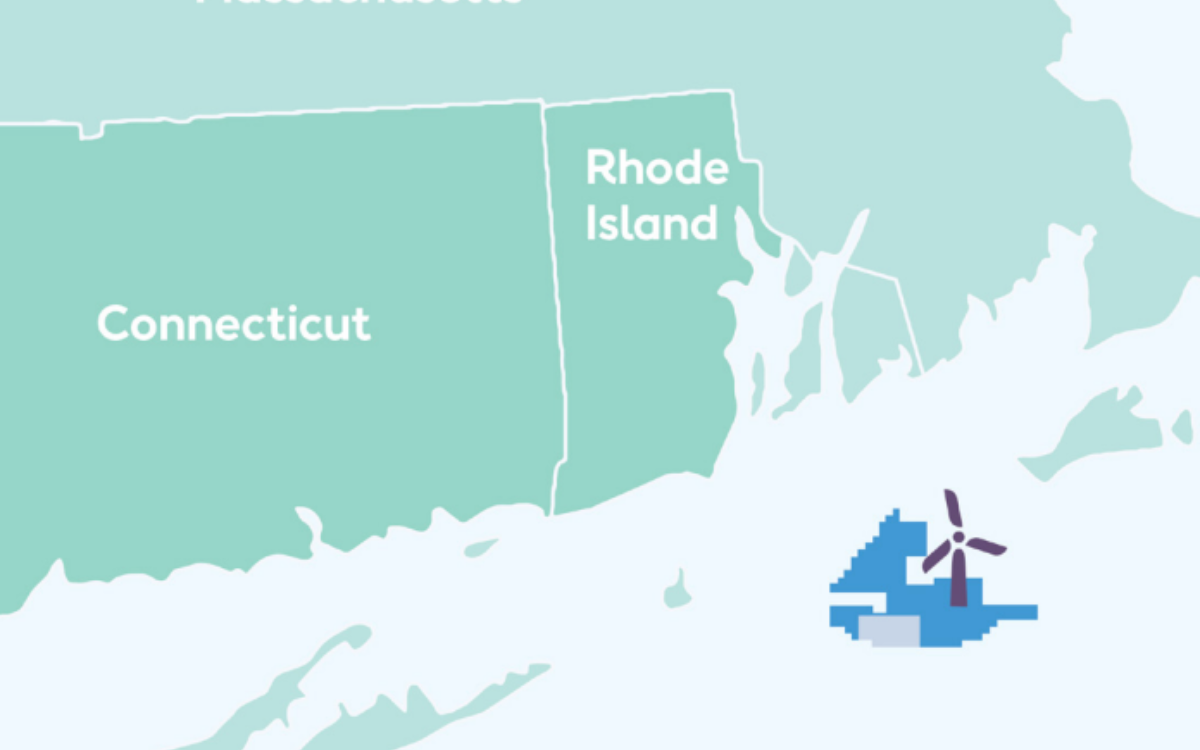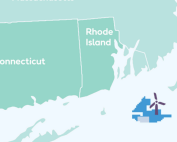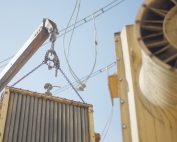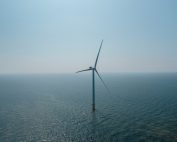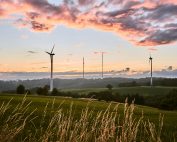Equinor and Polenergia have completed more than a year’s worth of wind and wave intensity studies for the most advanced project of the so called “second phase” – the offshore wind farm Bałtyk I. Ocean and meteorological data, collected by the device christened “Anna”, will allow to determine the expected energy production of the wind farm, as well as to create its design from the foundations to the blades.
– Wind research is an important step in the implementation of the Bałtyk I offshore wind farm, which is the most advanced project of the second phase of offshore wind development in Poland. Our goal is to prepare the project to participate in an auction planned for 2025. The continuity of wind farm projects in the Polish part of the Baltic Sea, and thus the pace of Poland’s energy transition, depends on the success of this auction. Therefore, we are ready to support partners with our experience and capabilities in the implementation of offshore investments and work together to increase the competitiveness of this market – says Michał Kołodziejczyk, Country Manager of Equinor in Poland.
Wind and wave intensity surveys are an important input to the environmental impact assessment report being prepared, on the basis of which an application for an environmental decision will be prepared. It is a document required to participate in an auction for offshore wind power.
Since the research began on International Women’s Day, the team decided to name the LiDAR buoy used for measurements “Anna”. Data was collected over 12 months in the area of the Bałtyk I offshore farm, 81 kilometers from the coastline.
LiDAR enables accurate measurement of wind speed, which is crucial for determining energy production at a given location. The device also measures wave height and length, direction of sea currents and temperature. The use of this method is an alternative to traditional metocean measurements carried out with survey masts.
The wind surveys were conducted by RPS, an international company with experience in such projects around the world. All work was closely monitored by meteorological and oceanographic experts from RPS and Equinor to ensure high quality and consistent data. The subcontractors responsible for placing the equipment at sea and towing it to port after the campaign were Polish companies – MEWO and Fairplay Towage Poland.
– We are keen that as many Polish companies as possible participate in the development of the Bałtyk I offshore wind farm. We are pleased that we are once again bringing together Polish players who are well acquainted with local conditions with international partners who can share experience and know how – says Maciej Stryjecki, Head of Offshore Wind at Polenergia.
Equinor and Polenergia are jointly developing three offshore wind farm projects in the Polish part of the Baltic Sea. Their total capacity will reach 3 GW. This means that the farms will be able to produce enough energy to power more than 4 million Polish households. According to the schedule, Bałtyk I, which has a capacity of up to 1.56 GW, will come online in 2029. Two years earlier, offshore farms Baltic II and Baltic III, with a total capacity of 1.44 GW, will begin producing energy.
The Baltic projects implemented by Equinor and Polenergia are an important part of the transformation of the Polish energy sector, which includes the construction of offshore power plants with a total capacity of nearly 11 GW in the Polish part of the Baltic Sea by 2040.
Source: Equinor






